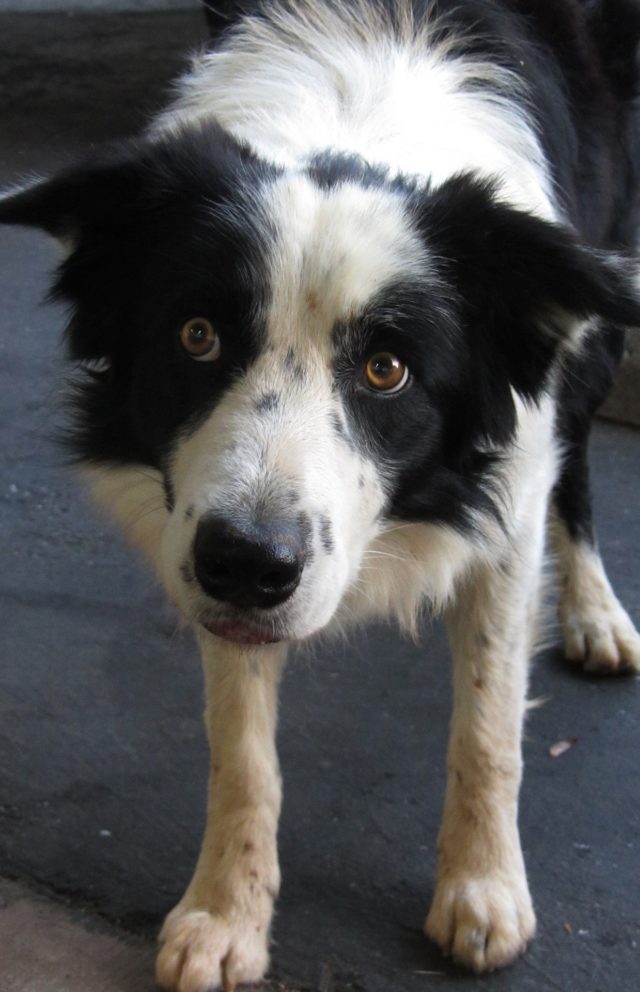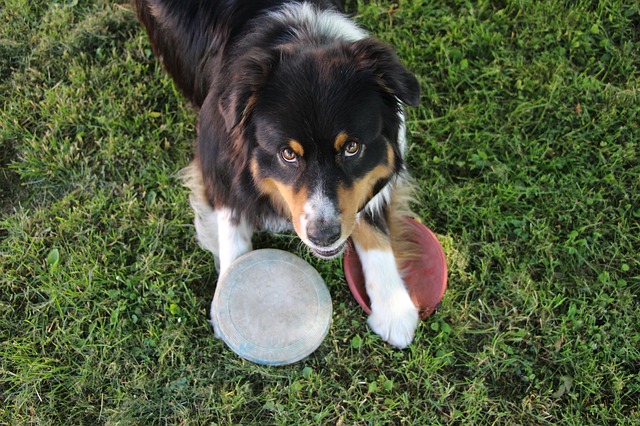Trainers and behaviorists rely on dogs’ body language to determine their state of mind. One way they assess stress levels is by watching for “half-moon eyes” or “whale eyes.”
This expression involves widened eyes with the sclera (white portion) visible at the corners or rims. A “whale-eyed” look accompanied by tense facial features and body posture indicates the dog is feeling anxious or defensive.

Much like humans, dogs tense up and widen their eyes when they feel frightened or threatened. Whale eyes are often seen when a pup is scolded by its owner or during uncomfortable procedures like grooming, vet visits, and nail trims.
Professional dog trainer Jill Breitner warns that this look could indicate a dog is ready to bite. Not all dogs who display this expression will act out aggressively, but it is best to be aware of the subtle cues that accompany a fearful whale-eyed look in order to take precautions.

Breitner, an expert in canine body language, recommends watching for:
- Stiff, tense body
- Ears out, to the side, and back
- Closed mouth
- Lip licking or tongue flicking
- Looking away
- Hiding or walking away
- Indirect staring or direct staring

You may also notice a whale-eyed look in dogs when they are uncomfortable with a particular human or the level of physical contact. It is often seen when a child clumsily embraces their dog – or worse, an unfamiliar dog. Hugs are not a form of physical communication in the canine world and can make a dog feel trapped or threatened.

Now that you know the possible perils of canine whale eyes, it is important to understand this look does not always indicate stress or fear. Some dogs are simply more expressive with their eyes and prone to looking about without moving their heads.
Happy, excited, playful dogs may also display a similar glance. The difference lies in the context of the situation and the additional facial and body cues that accompany the look. If you are in the midst of a spirited game of chase and your pup’s whale eyes are accompanied by a wiggly body and relaxed, “smiling” mouth, you are likely seeing a playful expression.

If you are unsure of the emotion behind your dog’s whale eyes, Breitner recommends erring on the side of caution. Stop what you are doing and remove the dog from the situation or redirect his attention to a favorite activity to alleviate the stress.
A professional trainer or behaviorist can help you understand your dog’s triggers and become more adept at reading canine body language. The better you understand your dog’s subtle cues, the more equipped you will be to guide it through stressful situations.
